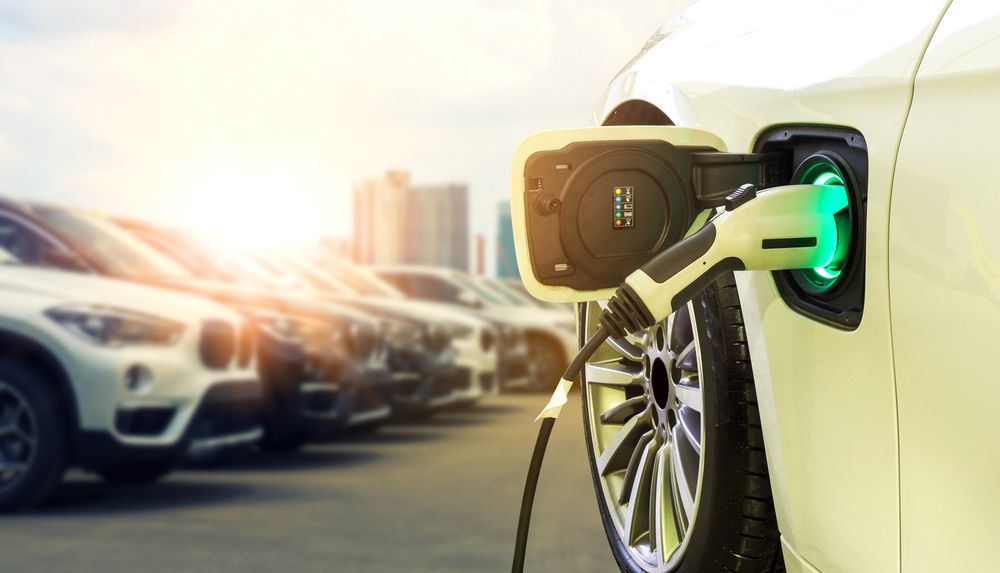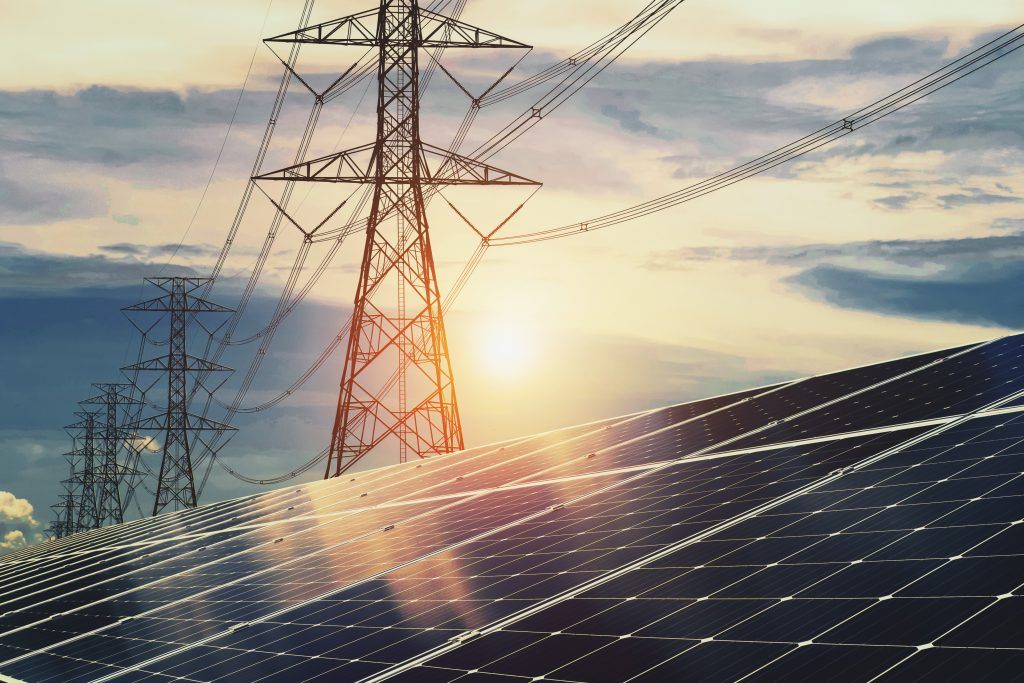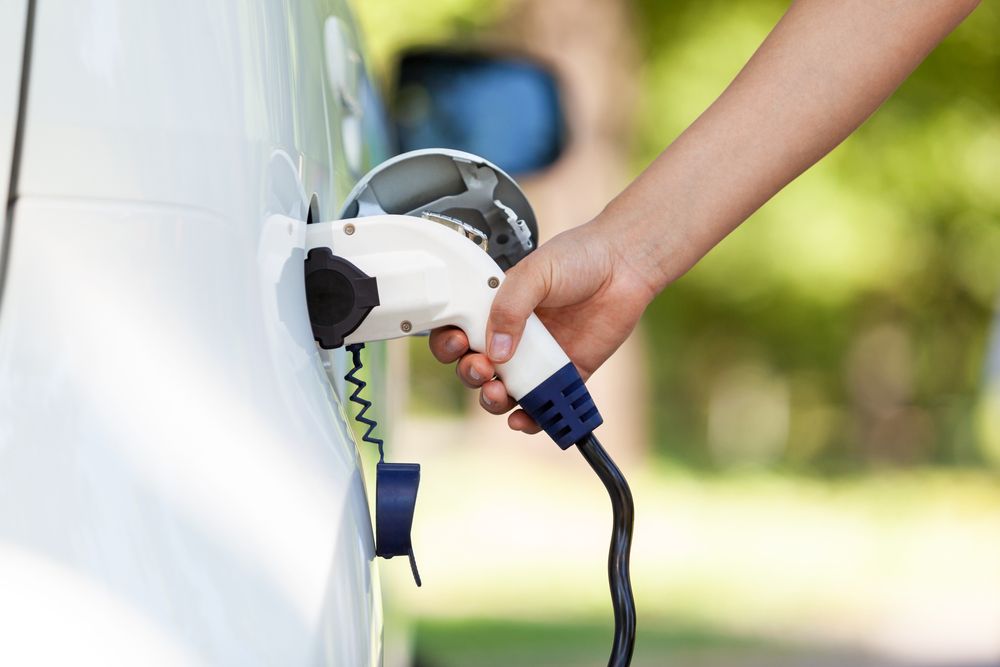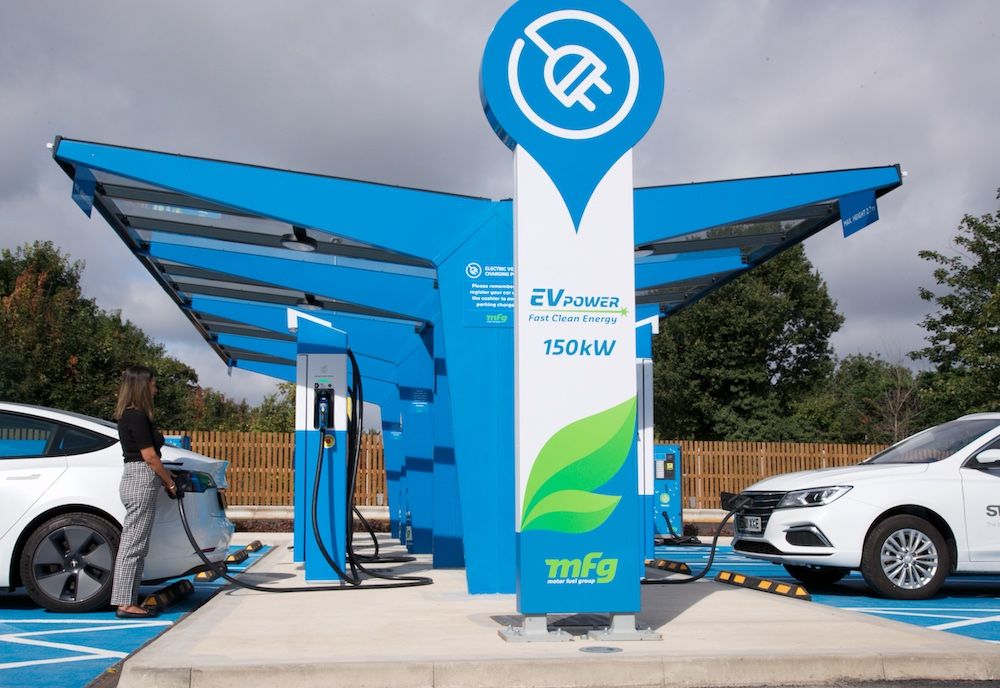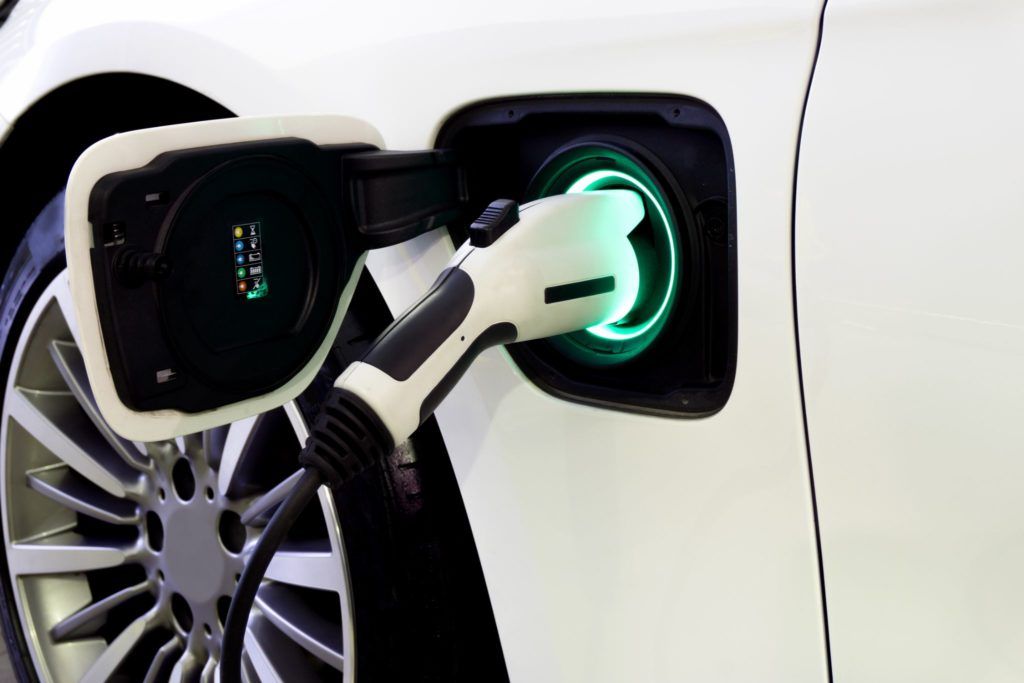The use of second life battery energy storage systems can significantly boost access to renewable energy, make it fit for purpose, and speed up our energy transition. Matthew Lumsden, CEO of Connected Energy, explains why batteries should be a central part of the decarbonisation of energy and transport.
We’re currently at a vital stage of our road to electrification. Key landmarks such as the phasing out of new petrol and diesel cars from 2030 and the electrification of heat which will phase out gas boilers in new homes from as early as 2025, will see our already growing demand for electricity increase.
And at the same time, the energy we use is changing. According to the National Grid, 2020 was the first year in UK history that electricity came predominantly from renewable energy, with 43% of our power coming from a mix of wind, solar, bioenergy and hydroelectric sources.
This move towards renewables brings with it the challenges of a more variable supply from solar and wind power. The secret to maximising its value is to use it in collaboration with storage. Put simply, this enables the ability to store energy when it’s plentiful, and release it in periods of lower generation, helping to balance the grid and providing resilience.
By seeing battery energy storage systems (BESS) as a versatile tool, central to the energy transition, we can make renewable energy fit for purpose and accessible to people and businesses when they need it. And we can drive down our carbon emissions further, and more quickly.
The transition to electric vehicles
Alongside renewable energy generation, electrifying fleets and providing charging facilities for the growing number of EVs on our roads is another major step on the road to decarbonisation. However, EV chargers draw a high load from the grid which can place further demand on the grid.
This is another key area where battery energy storage can help. A BESS can act as an energy reservoir, storing energy and releasing it at times of high demand. This has the effect of reducing spikes in demand and can be a way of overcoming power constraints of a site. It can also cut costs, by storing cheaper energy and releasing it to use at peak times.
Taking battery benefits even further
But there’s another factor to consider on the road to electrification: and that is the battery.
By 2030, the World Economic Forum estimates that 215 million hybrid and electric passenger vehicles will be on the road globally. And in the UK alone, the number of hybrid or electric cars could reach 25.5 million by 2040 (Local Government Association).
And while this transition is essential if we’re to take action against climate change, we must recognise that there is still an environmental cost to EVs – and that this is a cost we can work to reduce.
Finding a second life use for EV batteries in energy storage can mitigate this impact and substantially increase the environmental benefits of EVs. Second life batteries have reached the end of their use in powering electric vehicles, but they still have 75% to 80% of their original storage capacity. By their nature, EV batteries are made to be durable and reliable – meaning that we can benefit from the development processes put in place by our OEM partners.
Reusing these batteries for energy storage systems doubles their lifetime, reduces the need for new battery manufacturing, and results in bigger carbon savings – a recent study by Lancaster University showed a 450tonnes C02e saving for each MWh of Connected Energy second life system installed, compared with a system using new lithium-ion batteries.
This benefits the automotive industry and it benefits consumers. It has the potential to ease the mass transition to EVs, bringing costs down and adding a circular element to the transport economy.
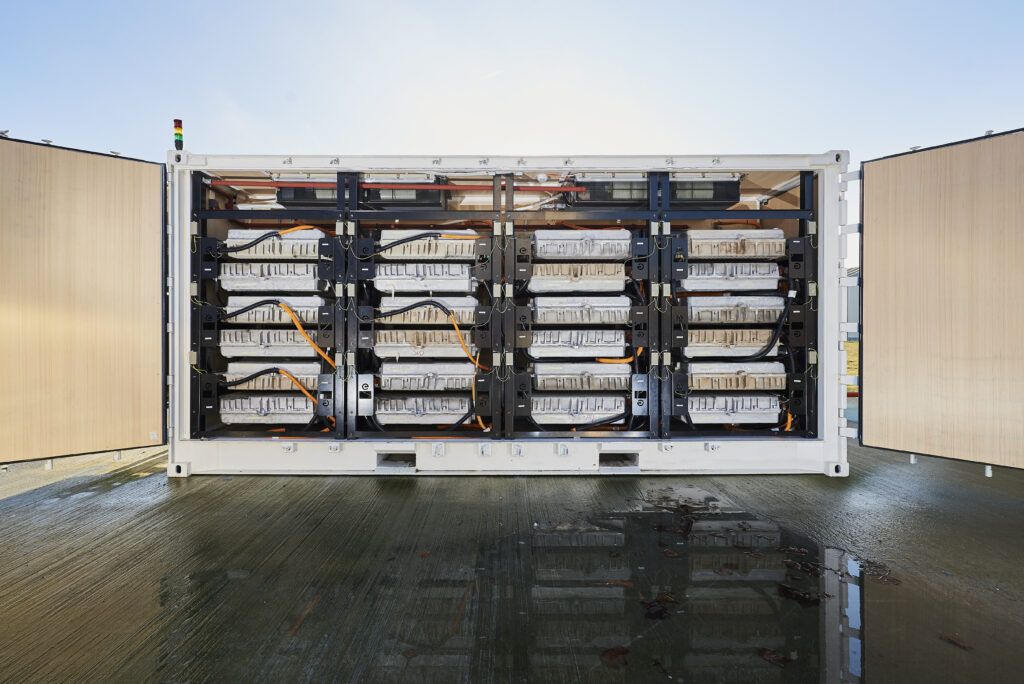
The next generation of battery energy storage
As EV use increases so too does the availability of batteries. Market analysts McKinsey estimate that, in 2025, there will be 800m tonnes of EV batteries ending their first life applications.
Connected Energy has been pioneering this new element of the circular economy for over ten years and we have long-term partnerships in place with manufacturers including Renault, Volvo and Caterpillar. We’ve proven the value of this circular model and now we work together to incorporate second life batteries into safe and robust energy storage.
It’s an area which can make a huge difference to our sustainability goals and that’s why Connected Energy is developing the next generation of battery energy storage systems.
Building on the success of our commercial product, we are now advancing our utility scale M-STOR sites which will range in capacity from 10MW to 100MW+, providing a scalable solution to meet the increasing demand for large-capacity energy storage. Our sites will form the backbone of a resilient energy infrastructure – and, by working on such a scale, our systems will make the cost of energy storage more accessible.
I know that, by working closely with our automotive industry partners, and continuing to demonstrate the environmental and cost benefits of second life battery storage, we can help to accelerate the transition to net zero by providing an alternative way to store energy at scale.
Connected Energy has just published a white paper that details how BESS can support energy decarbonisation for companies who are committed to reducing carbon emissions and meeting net zero targets – you can download it here: https://landing.connected-energy.co.uk/bess-for-energy-managers-whitepaper?utm_source=external&utm_medium=article&utm_campaign=transportandenergy




